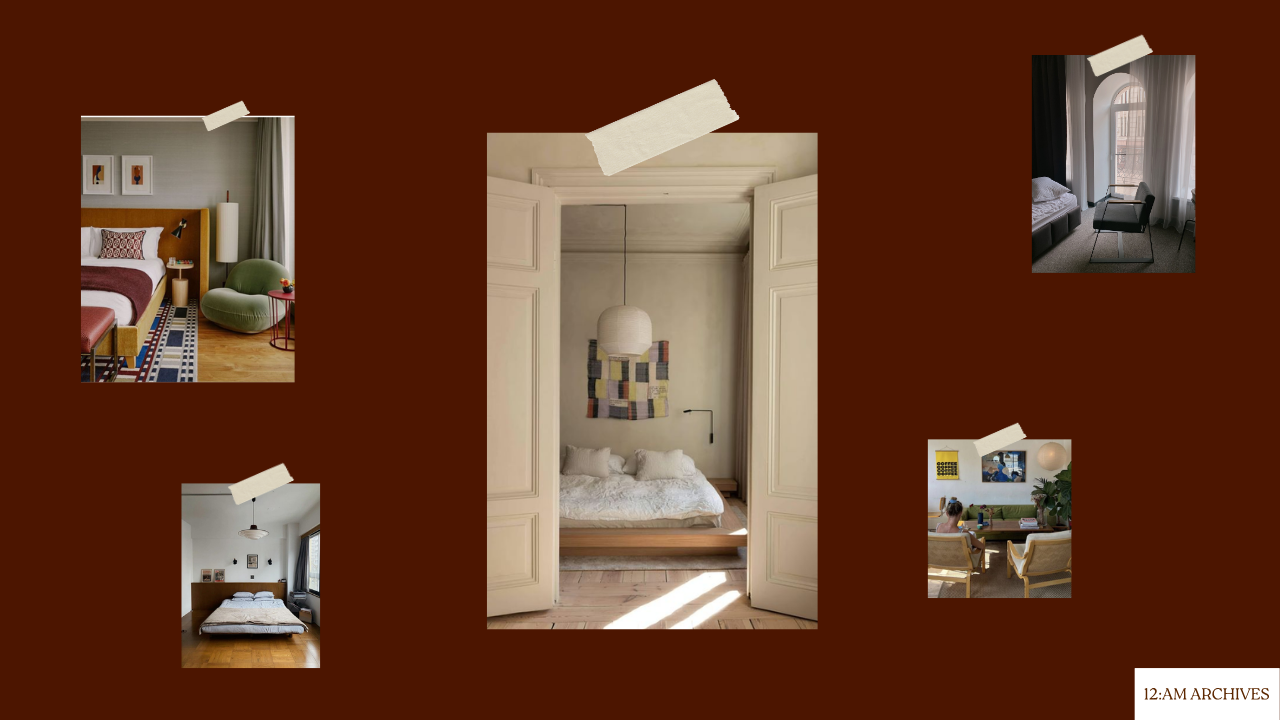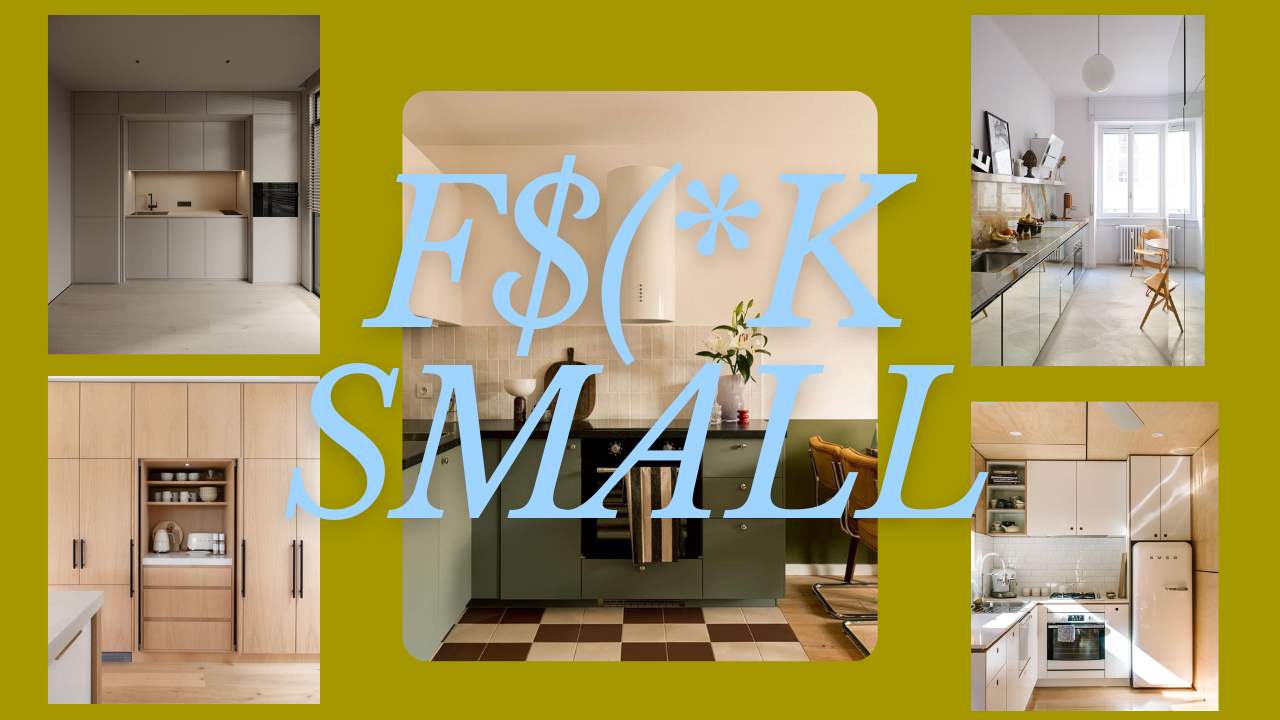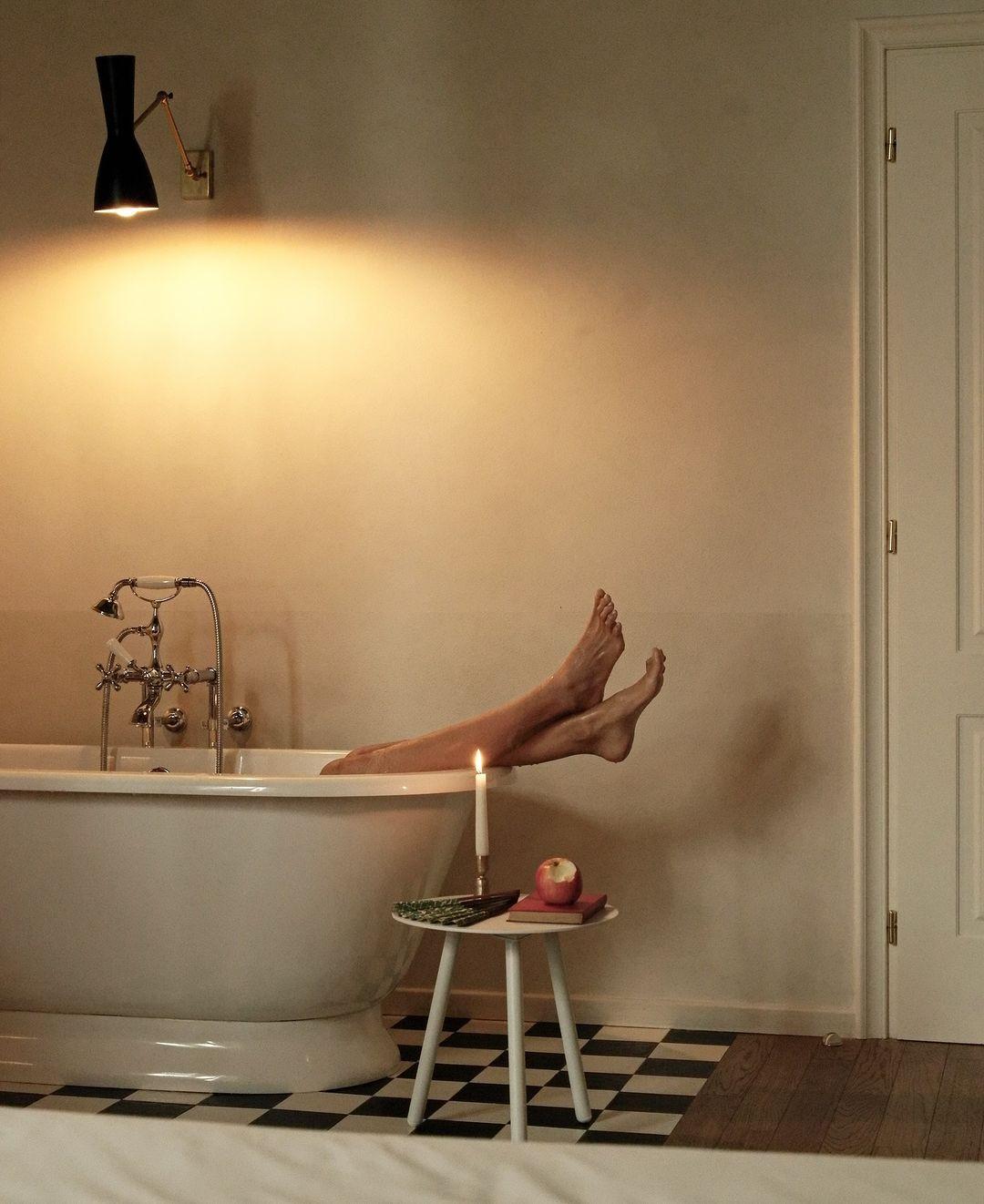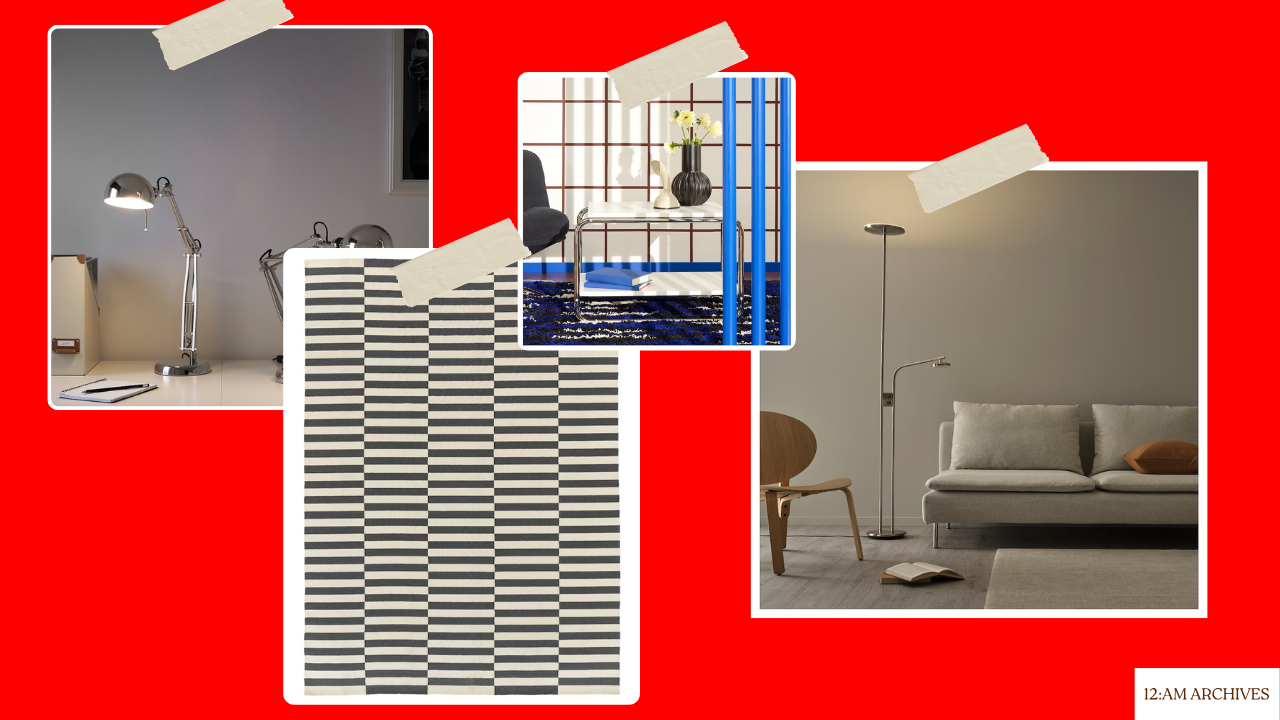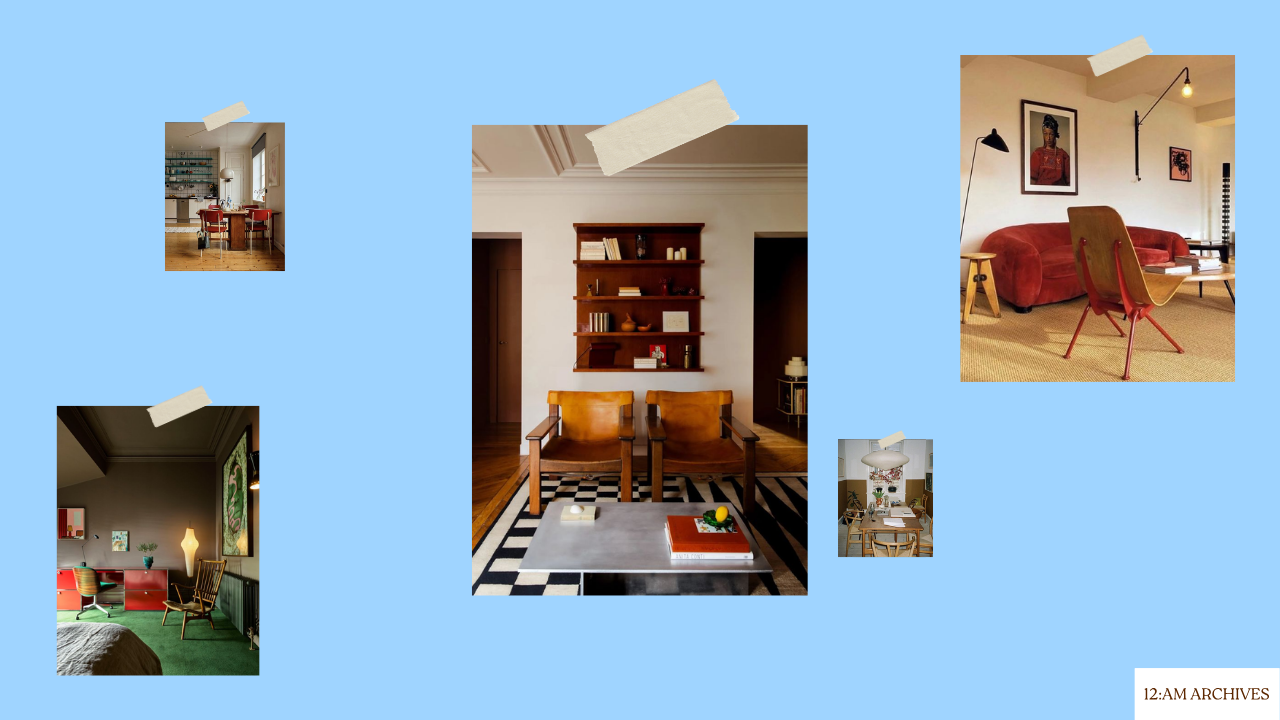Japandi design, an emerging trend in interior decor, merges the serene simplicity of Japanese design with the rustic warmth of Scandinavian aesthetics. This hybrid style, gaining popularity in recent years, represents a confluence of two distinct cultures, bringing together their core principles to create spaces that are both calming and functional. To understand Japandi design, it’s essential to explore its origins, principles, and how it translates into contemporary interiors.
Table of Contents
What is Japandi Design? An In-Depth Exploration of the Aesthetic Fusion: Origins and Evolution
Japandi design is a relatively recent term, but its roots trace back to the early 20th century when Scandinavian and Japanese design philosophies started to intersect. The term itself is a blend of “Japanese” and “Scandi” (Scandinavian), symbolizing the fusion of two minimalist styles. Japanese design is known for its focus on simplicity, nature, and functionality, while Scandinavian design emphasizes comfort, functionality, and a warm, inviting aesthetic.
Japanese design, influenced by Zen Buddhism, promotes minimalism and tranquility. It often features natural materials, a neutral color palette, and an emphasis on craftsmanship and imperfection. Scandinavian design, on the other hand, emerged in the early 20th century, influenced by the harsh climates and long winters of Northern Europe. It emphasizes light, functional, and practical design that feels both cozy and sleek.
The Japandi style gained traction as global influences became more pronounced, and designers began to explore ways to blend these two philosophies into a cohesive design language. This fusion has become particularly appealing in modern interiors, where the quest for balance between form and function is more pronounced.
Core Principles of Japandi Interior Design
Japandi design is underpinned by several core principles that define its aesthetic and functional qualities:
- Simplicity and Minimalism: At its heart, Japandi design prioritizes simplicity. It avoids clutter and excess, focusing instead on a few carefully chosen pieces. This minimalism extends to color palettes, furnishings, and decor, creating a serene and harmonious environment.
- Functionality and Practicality: Both Japanese and Scandinavian design emphasize functionality. In Japandi interiors, each piece of furniture or decor serves a purpose and is chosen for its utility as well as its beauty. This principle ensures that spaces are not only visually pleasing but also highly practical.
- Natural Materials and Textures: Japandi design heavily relies on natural materials such as wood, stone, and bamboo. These materials are chosen for their durability and their ability to bring a sense of the natural world into the home. Textures play a crucial role, with a focus on creating tactile, warm environments that invite comfort and relaxation.
- Neutral and Earthy Color Palettes: The color scheme in Japandi design is typically understated, featuring neutral tones like whites, greys, beiges, and earth tones. These colors create a calm and soothing atmosphere, while occasional dark hues or muted colors add depth and warmth.
- Craftsmanship and Quality: Both Japanese and Scandinavian design traditions place high value on craftsmanship. Japandi interiors often feature well-made, artisanal pieces that showcase fine details and quality materials. This appreciation for craftsmanship extends to both furniture and decor.
- Connection with Nature: Emphasizing a connection with nature is central to Japandi design. This is achieved through the use of natural materials, indoor plants, and the integration of outdoor views. The goal is to create a space that feels both grounded and serene.
- Balance and Harmony: Achieving a sense of balance and harmony is crucial in Japandi design. This is reflected in the careful selection and placement of furniture and decor, ensuring that each element contributes to a cohesive and tranquil environment.
Key Elements in Japandi Interiors

- Furniture: Japandi furniture is characterized by its clean lines, functional design, and a blend of both Japanese and Scandinavian influences. Pieces are often low-profile, with a focus on comfort and usability. Minimalistic yet elegant designs, such as low-sitting sofas, simple wooden tables, and minimalist storage solutions, are common.
- Lighting: Lighting in Japandi design tends to be soft and ambient. Natural light is maximized, with large windows and unobstructed views being a common feature. Artificial lighting is often subtle and incorporates natural materials like paper or wood, creating a warm and inviting glow.
- Decor: Decor in Japandi design is kept to a minimum to avoid clutter. When used, decor pieces are selected for their simplicity and functionality. Traditional Japanese items like calligraphy or pottery might be paired with Scandinavian elements such as woven textiles or geometric patterns.
- Textiles: Textiles in Japandi interiors are chosen for their quality and texture. Natural fibers like wool, linen, and cotton are common. Soft, muted patterns or plain fabrics create a calm and cohesive look.
- Plants: Incorporating plants is an essential aspect of Japandi design, bringing a touch of nature indoors. Simple, low-maintenance plants like succulents or bonsai trees are often used, enhancing the connection with nature and adding a fresh, organic touch.
- Art and Accessories: Art and accessories in Japandi design are carefully curated to maintain the overall simplicity and tranquility of the space. Pieces are often chosen for their aesthetic harmony and ability to contribute to the room’s serene atmosphere.
Creating Japandi Spaces
To create a Japandi-inspired space, start by embracing the principles of minimalism and functionality.
Choose a neutral color palette and incorporate natural materials to establish a calming environment.

Opt for simple, well-crafted furniture that blends Japanese and Scandinavian influences.

Incorporate soft, ambient lighting and select decor pieces that enhance the space’s serene and practical nature.


Consider the layout of the room to ensure that each piece has a purpose and contributes to the overall harmony. Avoid overcrowding the space with unnecessary items, and focus on creating a balanced and inviting atmosphere. Integrate elements of nature through plants or natural materials to further enhance the sense of tranquility.
Japandi Design in Contemporary Interiors
In contemporary interiors, Japandi design offers a refreshing alternative to more ornate or eclectic styles. Its focus on simplicity, functionality, and natural beauty resonates with modern sensibilities, where the need for calm and order is increasingly recognized. Japandi design aligns well with the principles of sustainable living, as it emphasizes quality over quantity and a connection to nature.
The appeal of Japandi design extends beyond aesthetics; it offers a lifestyle approach that prioritizes mindfulness and well-being. By integrating elements of both Japanese and Scandinavian traditions, Japandi design creates spaces that are not only visually pleasing but also nurturing and practical.
As the trend continues to evolve, Japandi design remains a testament to the power of combining cultural influences to create something uniquely harmonious. Whether renovating a single room or redesigning an entire home, Japandi design provides a versatile framework for creating spaces that are both beautiful and functional, reflecting a deep appreciation for simplicity, quality, and connection with nature.
